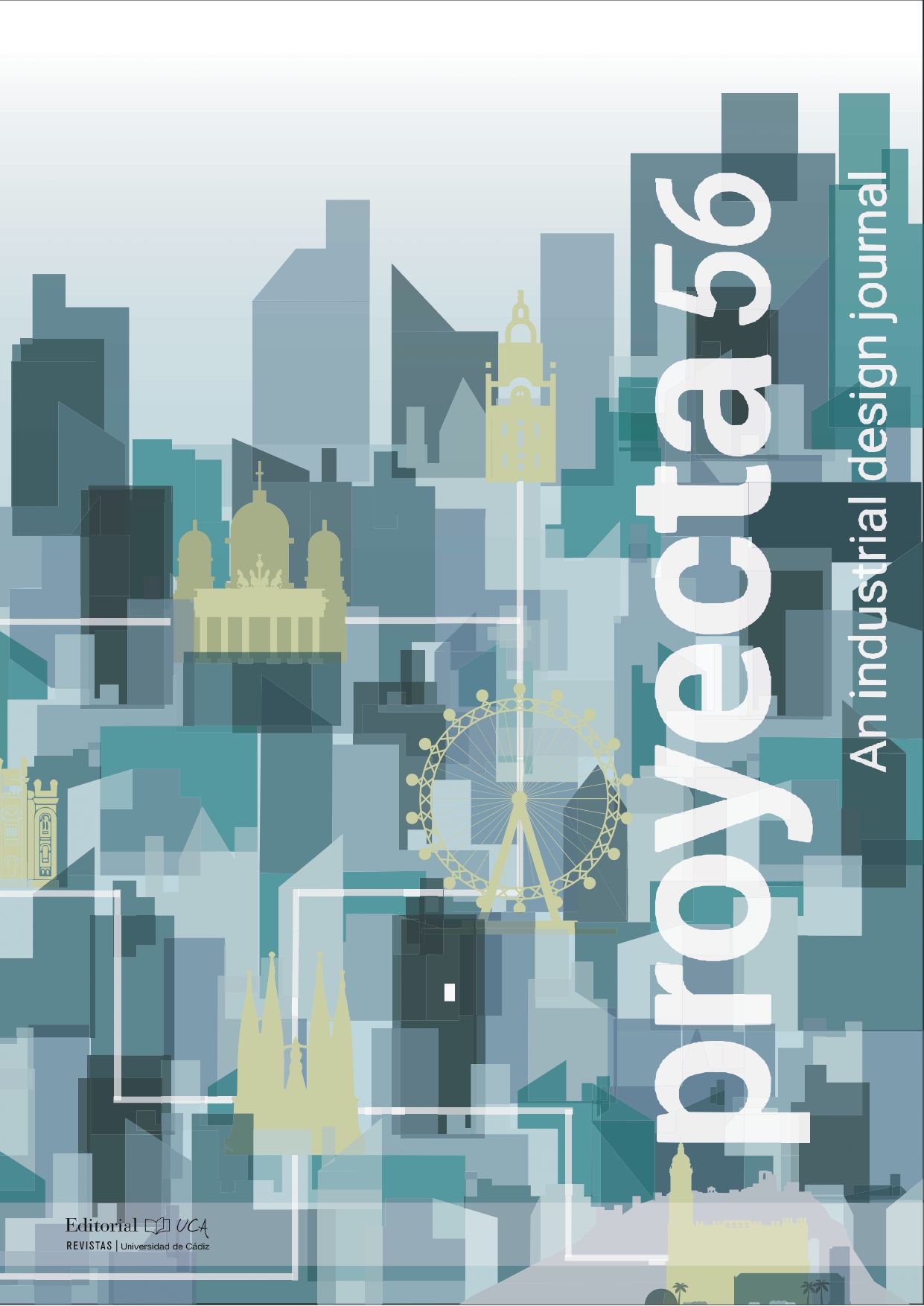Attrito come mezzo di scelta

##submission.downloads##
DOI
https://doi.org/10.25267/P56-IDJ.2023.i3.08Informazioni
Abstract
Il desiderio di cambiare qualcosa è una caratteristica fondamentale dell'essere umano ed è correlato all'autorealizzazione, al progresso individuale e all'adattabilità. Il cambiamento comporta la modifica delle scelte e delle pratiche quotidiane, come resistere alla gratificazione immediata a favore di obiettivi a lungo termine. Tuttavia, ciò presenta sfide, tra cui la lotta tra due sistemi psicologici: un sistema riflessivo e un sistema impulsivo. Resistere agli impulsi richiede autocontrollo, che è una risorsa limitata. In questa lotta, il supporto esterno, come le tecnologie interattive, può aiutare a perseguire obiettivi a lungo termine. Le richieste persuasive basate sulla comprensione, come i tracker sportivi o i misuratori intelligenti, possono influenzare il cambiamento di comportamento.
Downloads
Come citare
Licenza
Esta obra está bajo una licencia de Creative Commons Reconocimiento-NoComercial-SinObraDerivada 4.0 Internacional
Riferimenti bibliografici
Brechmann, J., Hassenzahl, M., Laschke, M., and Digel, M. ReMind. CHI ‘13 Extended Abstracts on Human Factors in Computing Systems on - CHI EA ‘13, ACM Press (2013), 2811.
Brehm, J.W. Theory of psychological reactance. Academic Press, 1966.
Fogg, B. J. (2003). Persuasive technology : using computers to change what we think and do. Amsterdam; Boston :Morgan Kaufmann Publishers
Peter M. Gollwitzer. 1999. Implementation intentions: Strong effects of simple plans. American Psychologist 54, 7 (1999), 493–503. https://doi.org/10.1037/0003066x.54.7.493
Marc Hassenzahl and Matthias Laschke. 2014. Pleasurable Troublemakers. MIT Press, Cambridge, MA, 167–195.
Hofmann, Wilhelm, Malte Friese, and Fritz Strack. (2009). Impulse and self-control from a dual-systems perspective. Perspectives on Psychological Science 4 (2):162–176.
Laschke, M., Hassenzahl, M., and Diefenbach, S. Things with attitude: Transformational Products. Create11 Conference, (2011), 1–2.
Laschke, M., Hassenzahl, M., Brechmann, J., Lenz, E., Digel, M. (2013). Overcoming procrastination with ReMind. In Proceedings of the 6th International Conference on Designing Pleasurable Products and Interfaces, DPPI 2013, 77–85. https://doi.org/10.1145/2513506.2513515
Matthias Laschke, Sarah Diefenbach, Thies Schneider, and Marc Hassenzahl. (2014). Keymoment: initiating behavior change through friendly friction. In Proceedings of the 8th Nordic Conference on Human-Computer Interaction: Fun, Fast, Foundational. ACM. https://doi.org/10.1145/2639189.2670179
Thaler, R. H., & Sunstein, C. R. (2008). Nudge: Improving decisions about health, wealth, and happiness. Yale University Press.
Samuelson, Paul A. (1937). A note on measurement of utility. Review of Economic Studies 4 (2):155–161.
Verbeek, PP. (2006). Acting artifacts. In: Verbeek, PP., Slob, A. (eds) User Behavior and Technology Development., vol 20. Springer, Dordrecht. https://doi.org/10.1007/978-1-4020-5196-8_6
World Health Organization. Global recommendations on physical activity for health. http://www.who.int/dietphysicalactivity/publications/9789241599979/en/, 2010, 60.






